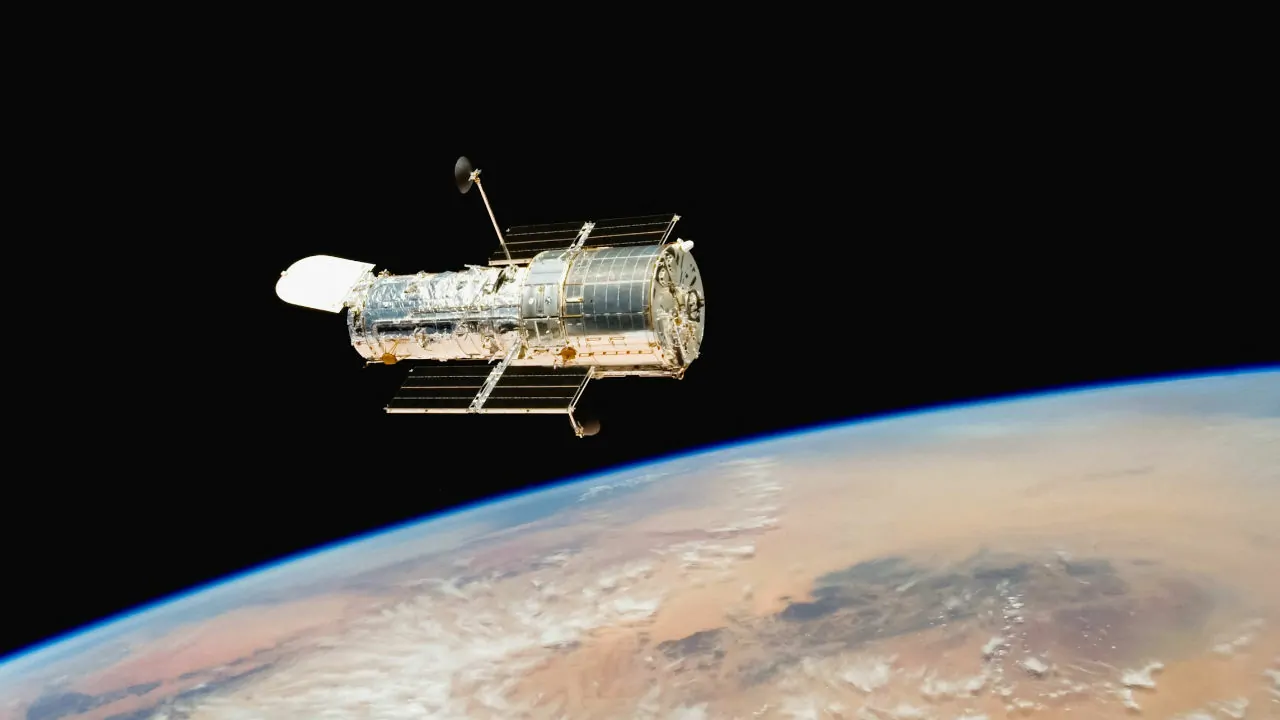The Hubble Space Telescope is one of the most iconic scientific tools ever launched into space. Placed in low Earth orbit in 1990 by the Space Shuttle Discovery, Hubble has revolutionized our understanding of the universe and continues to operate more than three decades later.
Orbiting around 547 kilometers above Earth, the Hubble Space Telescope avoids atmospheric distortion, allowing it to capture crystal-clear images of distant galaxies, nebulae, black holes, and exoplanets. Its discoveries have changed the way scientists view space, providing evidence of the universe’s expansion, helping measure the age of the universe, and even spotting planets outside our solar system.
Although it encountered some technical problems early on, a successful servicing mission in 1993 corrected its vision, turning Hubble into a powerhouse of space observation. Since then, it has delivered millions of breathtaking images and valuable data to astronomers worldwide.
Hubble’s ability to observe across ultraviolet, visible, and near-infrared wavelengths gives it a wide range of vision. It has helped answer fundamental questions about the origins of stars, galaxies, and even the universe itself.
Despite newer telescopes like the James Webb Space Telescope entering service, Hubble remains operational and continues to complement newer instruments with its unique capabilities.
The Hubble Space Telescope is more than a machine — it is a window into the past and a constant reminder of how far human curiosity and innovation can reach into the cosmos.
Source : science.nasa.gov
